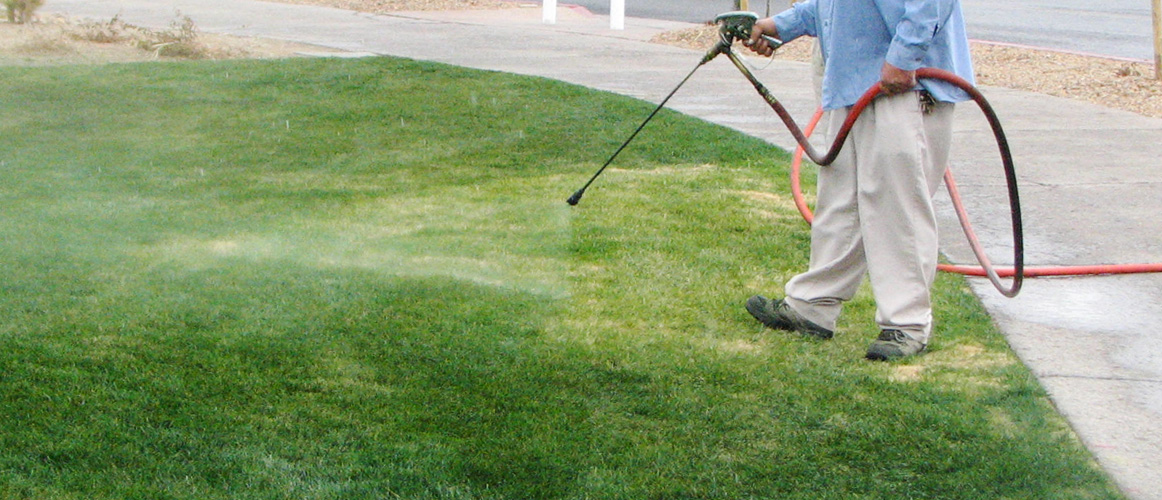Winter overseeding of warm-season turf with perennial ryegrass has long been the traditional way to produce green turf during the winter while masking the underlying brown, dormant turf.
But many superintendents and golf courses throughout the southern United States are rethinking the practice of winter overseeding due to concerns over the price and availability of the seed and the water to establish and grow the overseeded turf.
The thought of painting grass may seem odd, but here is a list of the advantages and disadvantages of using colorants on turf to help you decide what is best for your golf course.
Advantages of Turf Colorants
- No disruption to the golf course. The time and disruption involved in renovating to overseeding tees, fairways, and rough is eliminated. There is no need to close the course, which helps to maintain rounds and revenue throughout the fall.
- Water and fertilizer savings. Frequent irrigation is necessary for germinating and establishing the overseeded grass, which has become a major consideration in areas of the country with drought restrictions and a limited water supply. The need to fertilize is also eliminated since the turf is not actively growing during the winter.
- Easier spring transition. There is no shading or competition from the overseeded grass to restrict the growth of the warm-season turf. Also, the colorant absorbs heat and raises the temperature of the turf canopy a couple of degrees, allowing the warm season turf to start growing a little earlier in the spring.
- Simplifies weed control practices. Applications of pre-emergent herbicides can be made without worrying about the impact on the overseeded grass. This also opens other options for herbicides that can be used on dormant warm-season turf to control Poa annua and other stubborn winter annuals.
Disadvantages of Turf Colorants
- No healing of divots. Since the grass is not actively growing, divot scars will remain visible until the warm-season turf resumes active growth in the spring.
- No resistance to cart traffic. There is less cushion and bounce-back from cart traffic on dormant turf.
- Need to reapply colorants. Multiple applications of colorant will be necessary throughout the winter to maintain the desired color. The frequency of reapplications will depend on the type of product used (paint, pigment, or colorant), environmental conditions (rain, traffic), and the desired color.
Check out these additional resources about using colorants on turf:
- How to Paint Grass by TurfPaint.net
- Guide to Using Turf Colorants by North Carolina State University
Please feel free to contact us if you have any specific questions about using colorants on turf or visit your local Ewing branch.




